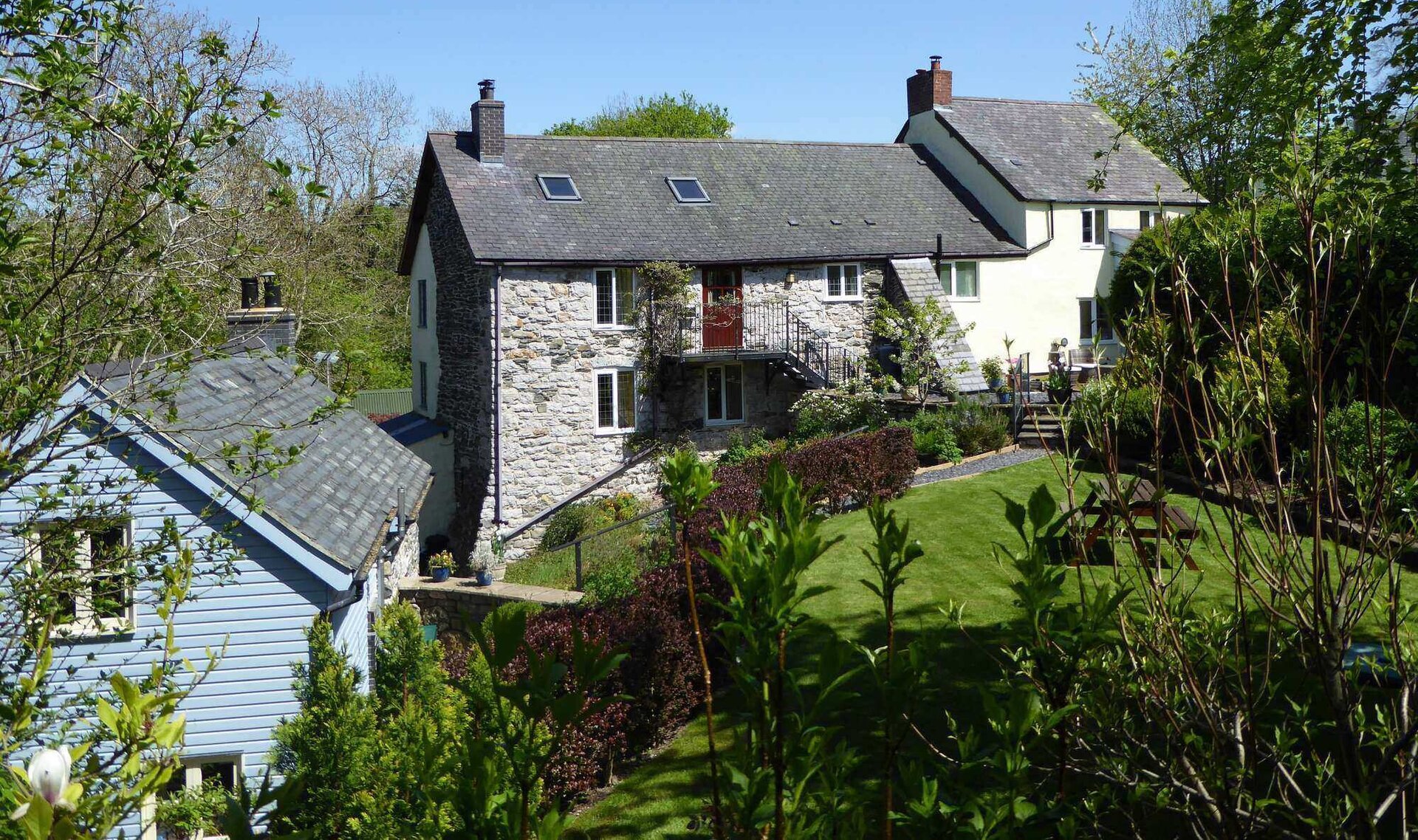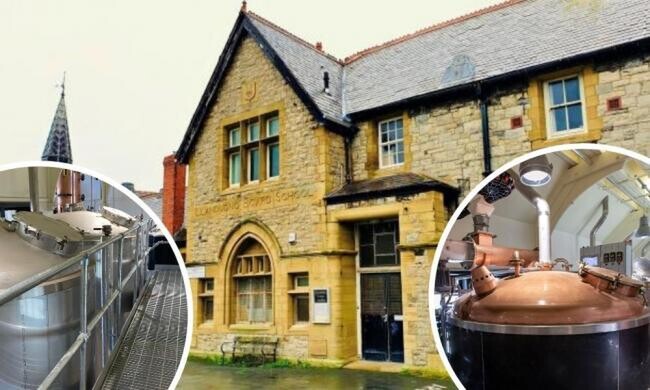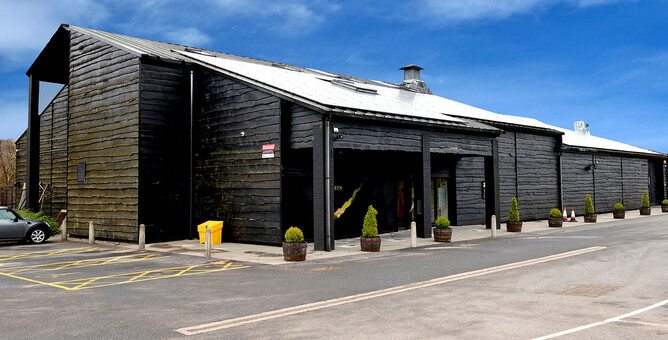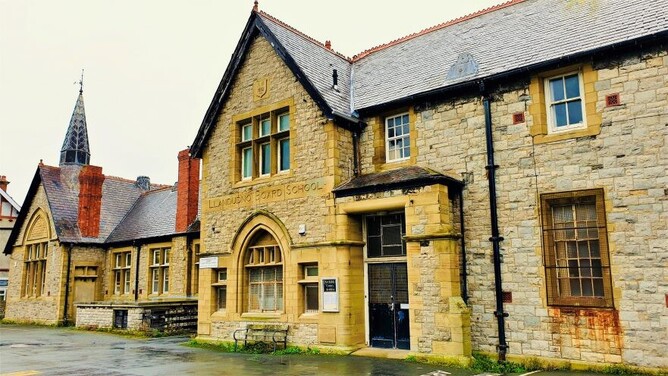Last updated: 13 July 2023
Previously: 9 June 2021
If, like us you enjoy the odd whisky now and then, you may be interested to learn that Penderyn Whisky has just opened its second distillery not far from our North Wales cottages - at Llandudno. We would like to share the story of its inception since it’s well worth a visit.
(As an aside, note the spelling - with an ‘e’ denotes Irish whiskey, without one it’s Scottish - Penderyn’s is spelt ‘whisky’ apparently as a result of an error in its planning application!)
Welsh whisky returns after over a century
Back in the 19th century, the production of whisky had slowed in the main due to the influence of the Temperance Movement. The last distillery of any renown was in 1887 at Frongoch by the Welsh Whisky Distillery Company which was owned by R J Lloyd Price. The venture was not a success and Price was forced to sell the business in 1900 for £5,000.
This was however, until the late 1990s, when a group of friends decided that that was to change. Penderyn, a village in the foothills of the Brecon Beacons in South Wales was selected as the location for a distillery due its supply of natural spring water. In 2000, manufacturing began and four years’ later, for the first time in over a century, Welsh whisky was back in business. Penderyn Whisky was launched on St David’s Day in the presence of HRH Prince Charles.
A second Penderyn Whisky Distillery in Llandudno
According to Penderyn Whisky’s website, its whiskies are, ‘Fresh, fruity and flavoursome. This spirit is recognised worldwide as one of the finest single malt whiskies.’
In May 2020, exciting plans for a second distillery and visitor centre in Llandudno were approved with the location being at the 19th century Old Board School on Lloyd Street. A Faraday still is producing the first peated barley single malt whisky in Wales and we highly recommend you take a tour.
If you would like to visit whilst staying in one of our North Wales cottages, please refer to the website to book.
Some whisky facts
Just to whet your appetite or tickle your tastebuds whilst staying in our North Wales cottages, we’ve included some interesting whisky facts:
Whisky was first distilled in Wales in the Middle Ages.
Whisky derives from the Gaelic word which reads ‘uisge beatha’’, which translates as ‘water of life’.
Newly made whisky is completely clear - the colour it develops is down to the oak barrel or cask containing the whisky. The same can be said for the final flavour of the whisky - around 60-80% of the flavour is attributed to the cask.
Whisky cannot be called whisky until it is 3 years old.
Whisky does not age further once bottled. Therefore a whisky bottled in 2011 as 10 years old is not now 20 years old in 2021.
Between 30-40% of the initial volume of whisky can evaporate from the porous barrel during the maturing process - this is called the ‘Angel’s Share’.
Scotland has a population of 5.5 million. With more than 20 million barrels of whisky produced, Scotland has almost four casks of whisky per citizen. Drink up!
Laid end to end, these casks would stretch about 30,000 kilometres – or about six times the distance between Edinburgh and New York.
National Scotch Day is celebrated in the USA on 27th July.
Macallan whisky is the most expensive in the world - a bottle of Macallan’s Fine and Rare 60-Year-Old 1926, was sold at auction for $1.9 million in October 2019.
Over 1 billion bottles of whisky are produced in Scotland each year. Of those, 90% are exported; some 42 bottles of whisky are exported from Scotland every second.
The French drink more whisky than they do cognac.
India is currently the highest consumer of whisky - over 1.5 billion litres each year. The USA is second with around 460 million litres consumed.
Want to know which glass to drink your whisky from? Go to this helpful page on the World Whisky Day website.
World Whisky Day 2022 will be on Saturday 21th May























